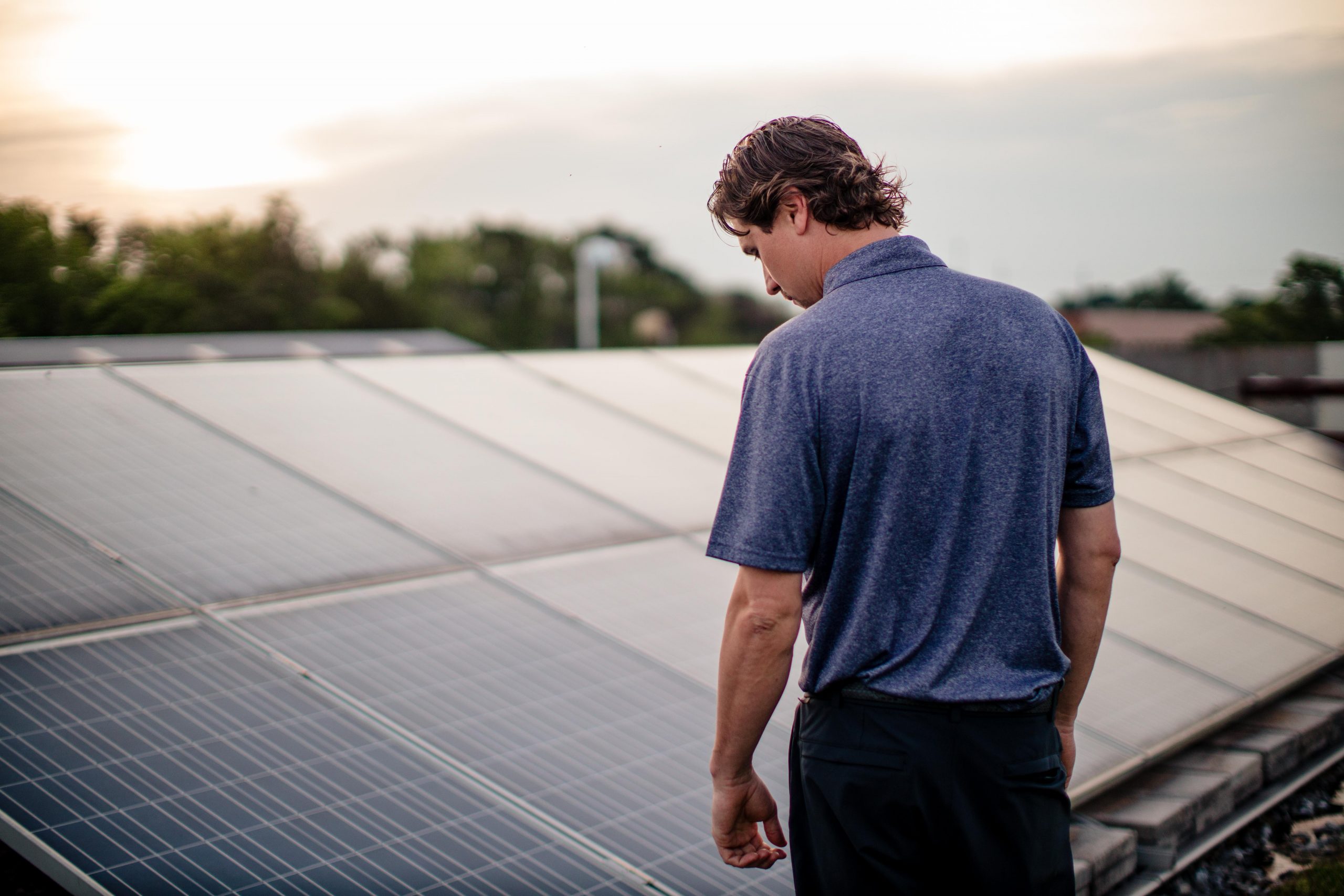Basic Solar Energy Economics
Cost of Solar Panel Installation Northern Virginia
The economics of solar can be complicated. However, the simple question everyone wants to know is how long does it take for a solar energy system to pay for itself?
Solar Energy Payback
The payback period on a solar energy system is based on several key factors:
- Location, location, location. The location of your array affects the economic incentives available.
- However, you can pay less for solar energy than what you are currently paying.
- In some cases, this can be achieved right away through smart financing or third party ownership.
- In other cases, this can be reached before the 25-year panel warranty is up under an outright purchase.
- With the cost of solar falling, and the cost of utility energy rising, a point of equilibrium known as “grid parity” will be achieved.
- Once grid parity is passed, even non-incentivized solar energy will be cheaper than traditional energy.
Accurate Savings and Payback Models
At Prospect Solar, we analyze every economic factor. Our methodology includes:
- Keeping up with incentive markets and utility rates/schedules of Virginia, DC, and Maryland.
- Using the most advanced design and shade analysis tools to ensure your investment is protected.
- By offering web-based monitoring services, we can verify the system is producing the predicted amount of energy in real time via your smart phone, tablet, or PC.
Incentives Reduce the Cost of Solar
As mentioned, the payback for installing solar is significantly improved through the incentives available in your area, most of which are time sensitive:
- The Federal Income Tax Credit pays for 30% of the system cost with no limit through 2016.
- State and local municipal grants for solar are available, some which are upwards of $10,000.
- State and local grants are frequently changing – contact us to find out what is available.
- SRECs act as income based on the production of your solar energy system and your state’s RPS. The DC market for SRECs is currently booming.
- Businesses can depreciate the solar as an asset on an accelerated schedule.
- Another benefit of solar is increased property value, which is often exempt from local property taxes.
- According to Appraisal Journal, a home’s value is increased by $20,000 for every $1,000 reduction in annual operating costs from energy efficiency.
Solar Energy System Financing
In recent years solar has become so cost-effective that in the right situation, your monthly energy savings from solar cover the cost of your monthly loan payments. This has enabled several creative financing solutions outlined below. Stemming from the incentives available, financing options also depend on your location.
Prospect Solar is here to walk you through the options so that you can decide what is best for your situation:
- Outright or Cash Purchases – By retaining immediate ownership you will accumulate the most capital over time, simply by not paying for interest or transaction costs.
- Home Equity Loans – Sources include 1st mortgage refinance, 2nd mortgage refinance, Home Equity Loans, and Home Equity Lines of Credit. These loans are tax-deductible and have very attractive interest rates.
- FHA-Backed Loans for Energy Efficiency Improvements – These non-equity based loans help consumers go solar (link to Form 1 page) with little to no equity in their home, while still taking advantage of the tax deductible interest benefits.
- Power Purchase Agreements (PPAs) – This is primarily a commercial financing option. Under a PPA the building owner agrees to purchase electricity generated by the solar system under a long-term contract, usually 15-20 years. There are no upfront costs to the building owner.
- Lease – A typical solar lease is similar to a PPA, in that a long-term agreement is made to rent a system placed on the customer’s roof. The energy generated is paid for by the homeowner over time at a cheaper rate than what they are paying the utility.
- Community Solar Funding – A new concept whereby a community pools their resources to crowd fund a solar energy system to take advantage of economics of scale. You can visit our community solar page here.
What is an SREC?
Solar renewable energy credits (SRECs) are tradable credits that represent all the clean energy benefits of electricity generated from a solar energy system. Each time a solar energy system generates 1,000 kWh (1MWh) of electricity, an SREC is issued which can then be sold or traded separately from the power. SRECs provide a monetary incentive for solar energy system owners, and in some states, SRECs provide utilities an additional way of meeting their renewable energy generation criteria. Essentially, the solar array owner sells their SRECs to the utilities so that the utilities can be in compliance with their state’s RPS. You can read more about SRECs and their monetary value here.
Virginia RPS
Virginia has a Voluntary Renewables Portfolio Standard. Without an RPS mandate, Virginia utilities face no consequences for not utilizing renewable energy sources. Without alternative compliance fees, there is no incentive funding. This, in turn, causes slower growth for solar energy in Virginia.
Under the current Voluntary Renewables Portfolio Standard, the goal is to achieve 15% Renewable Energy by 2025.
If you would like to help the growth of clean energy in Virginia, click here
